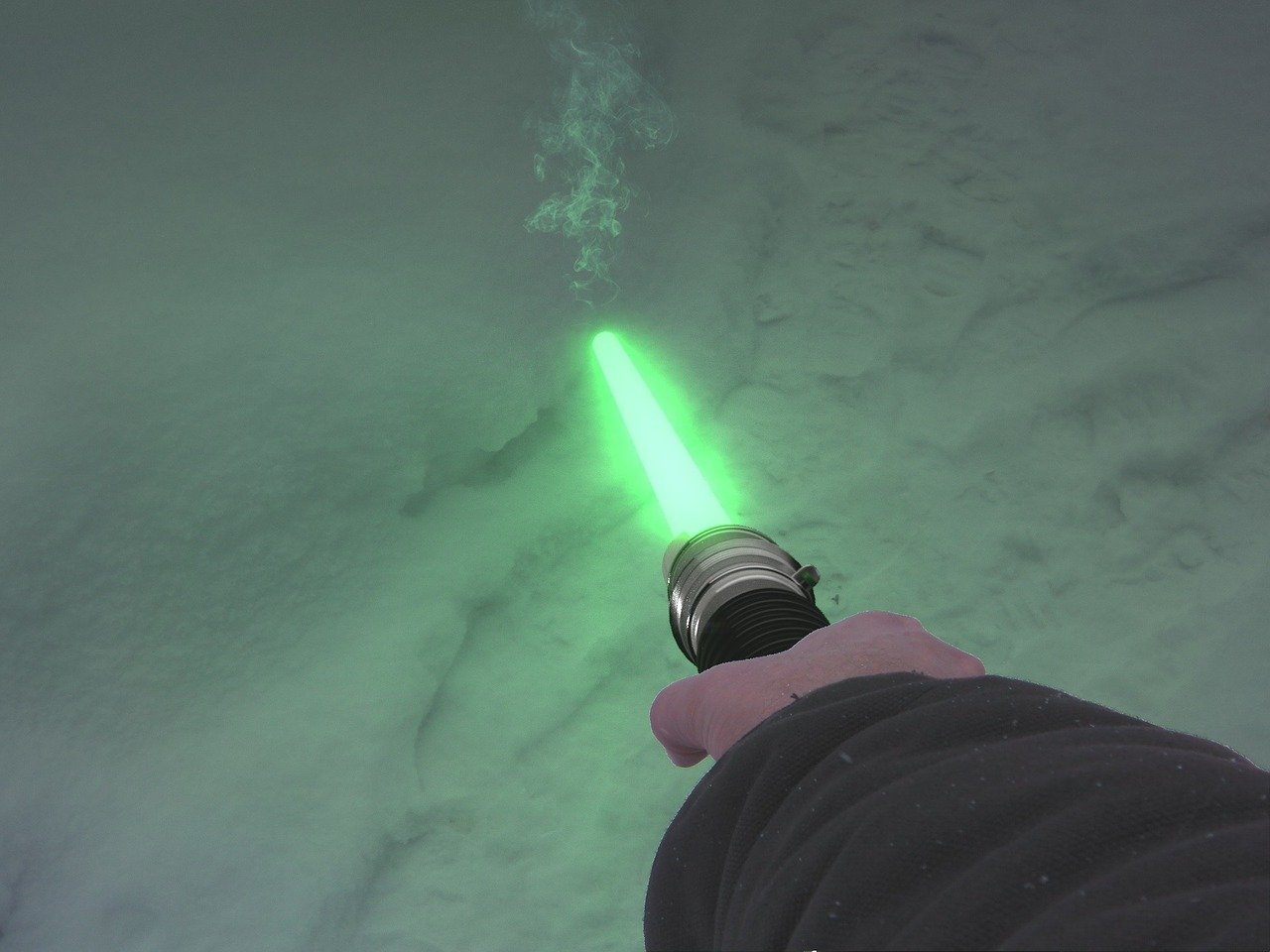Alan Moore, Beginnings
Alan Moore was born on 18th November 1953 in Northampton, England. He had a working-class family and lived in a poverty-stricken area. Moore experienced a culture shock when he was accepted in a reputable school that had kids from affluent families. He soon grew disenchanted with the school system and called it an indoctrination machine.
Moore was expelled for dealing LSD in 1970, but in hindsight, his use of the drug inspired him to write great works. Indeed, Moore recalls how LSD revealed to him the existence of other realities and how they shape and shift based on one’s own perspective.
He said that psychedelics had a profound effect on his thinking, and consequently works, and that he believed that mild-altering substances have played a big role in the art that humanity has created over the centuries.
Blossoming Artistic Career
As already mentioned, Moore was disillusioned with schooling, so he instead started taking minimum wage jobs. He also got married to Phyllis Dixon in 1973. However, he realized that he was wasting his artistic potential, which drove him to abandon his conventional job and become a full-time writer and artist.
He tapped on his love for classic American comics, as well as underground British comics, and he began creating comics for various magazines. Soon after, Moore penned his first comics series called Roscoe Moscow for the Sounds magazine. He created another strip for Sounds titled “The Stars My Degradation”.
Moore went on to write for many other magazines and newspapers, while looking for a job in more prestigious comic publications and supporting his wife and newborn, Leah. He kept trying to push for his own strip, but was instead commissioned short stories. He wrote for Marvel UK, Future Shocks, and 2000AD during this period.
Commenting on his talent, various publications in the 1980’s were seeking his stories until he was given a stand-alone strip called Skizz. Inspired by Spielberg’s E.T., Skizz told the story of an alien who crashed on Earth and the boy who took care of him. A bit later, Moore also wrote the sci-fi comics D.R. and Quinch, as well as The Ballad of Halo Jones.
Alan Moore, the Comics Giant
Despite being popular in the comics sphere, Moore had not reached his full potential until he was introduced to Warrior magazine. Founded by Dez Skinn, Warrior was created as an alternative to other comics publisher, with the intent to give creators true artistic freedom.
Moore was one of the first writers to join Warrior and his stand-alone strips Marvelman (a reincarnation of the 1950’s British superhero) and the original story V for Vendetta appeared in the first issue (March 1982). These two comics shot Moore into stardom.
The next year, DC Comics hired him to write The Saga of the Swamp Thing. Moore treated it the same way he did Marvelman; he deconstructed the established mythos and gave it more emotional depth and social conscience. DC Comics loved this gritty make-over and asked Moore to write stories for their most famous superheroes, namely Superman and Batman.
Then in 1986, Moore was allowed to publish his original work, the series Watchmen, under DC’s label. Watchmen further conceptualized the role of the superhero in our society by creating a world where superheroes have been living amongst people since the 1940’s, thus corresponding to the actual emergence of superhero comics.
Moore sought to go even deeper into the exploration of the superhero genre by submitting his proposal titled Twilight of the Superheroes, which would have seen superhero dynasties ruling the world. However, the series was never published as Moore cut ties with DC soon after.
Moore and the Industry
Much like his disillusionment with schooling, Moore experienced the same with the comics industry. First, Moore stopped working for British publications in the mid-1980’s due to the lack of creator’s rights. He then moved to American publications, but he later criticized them for the same reason. Moore also detested the corporate nature of American comics and their work-for-hire contracts.
Moore abandoned the comics mainstream to pursue his own untainted projects. He established the publishing company Mad Love in 1988. There, he dabbled in different kinds of stories that were far off his superhero roots. Moore eventually returned to superhero comics in 1993 through the company Image Comics.
However, if you ask Moore about comics nowadays, you’d see that he became disillusioned with them altogether. In a 2020 interview, the prolific author said that he would not create another comic. He then turned to a critique of contemporary comics and culture where adults spent billions on superhero movies and merchandise.
Moore said the current trends were “infantilizing the population” that continues to indulge in escapism in a bid to forget the state of the modern world. Moore has also decried the superhero as a fascist ideal.
If you Google Alan Moore at any given moment, you’d be sure to find a new hot take, but no matter what he thinks and says about superheroes, comics, or the industry, he remains a staple of it.
Moore Comics
In this section, we want to give you some recommendations for Moore’s comics that you definitely have to read. Here they are:
- V for Vendetta
- The Ballad of Halo Jones
- Watchmen
- Batman: The Killing Joke
- From Hell
- Lost Girls
- A Small Killing
- Promethea
- The League of Extraordinary Gentlemen



